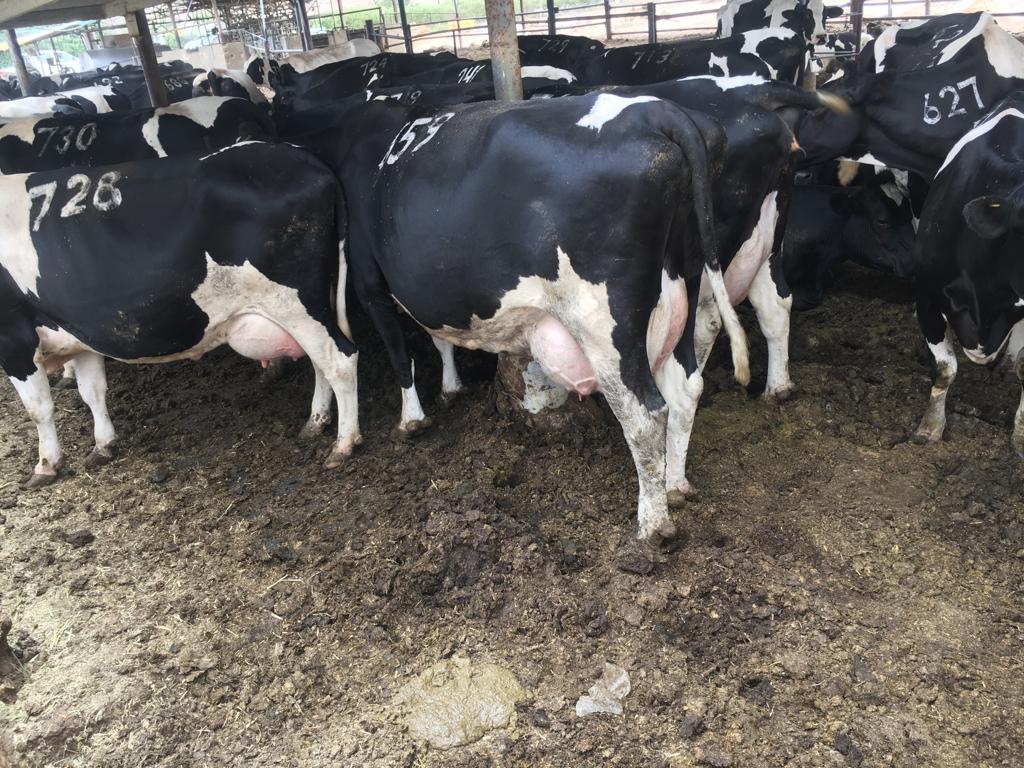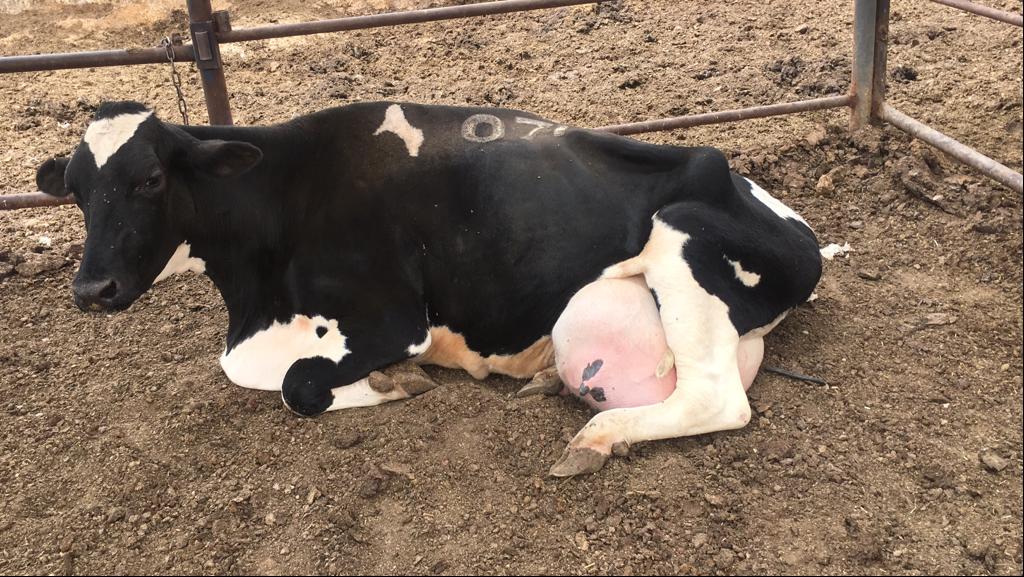Starting a successful commercial dairy farming business the right way

With all the talk about commercial dairy farming business, it’s easy to forget that you’ve got to work hard to raise cows that produce lots of milk. And I am not exaggerating to say that commercial dairy farming is not a walk in the park. It helps to get it clear from the outset that this is not about subsistence dairy farming. Commercial dairy farming may not be in your league if you are going to approach it indifferently. But this is not to discourage because on the contrary, commercial dairy farming can be fun and rewarding if approached the right way.
Big farms
What do most people do when starting a dairy farming business? Once they get adequate funds to purchase the stock stock, the first and obvious place they go to look for quality cows are the big farms. Yes, those big farms with big names that everybody knows. Due to pressure for quick returns, they purchase mature milkers. And so they get cows that are ready for milking right away. Big mistake! Why is this a wrong choice? You need to ask yourself why such a farm would dispense with its best money makers. Note that these farms have a stock disposal policy which they adhere to religiously and are not desperate for money. So many horror stories abound from farmers who have been screwed therefore approach the big farms with extra caution.
Start small
Starting small is a popular formula. But how small is small? Needless to say, the number of cows that you start with matters. It’s all about the economies of scale. Earnings from a few animals may not be substantial to cover the overhead costs then leave some for expansion, so you will in the offing be over working yourself and moving in circles. On the other hand, too many animals at the start may be overwhelming, especially when you need all the energy and resources to organize yourself. One or two may be too few and over six cows may be too many for most beginners. Five to six cows have always been a good number which then can be progressively increased as you build and improve the herd.
Quality cows
A quality cow is one that is fertile and efficiently convert feed into milk, no matter the breed. A cow that will give you a calf per year while producing a lot of milk. Many years of precision breeding have produced exotic dairy cattle breeds that highly convert feed into milk. But the cow need not be exotic. Some locally bred cows have done better than the exotic breeds.
Quality of course goes with price but this should not make you fall into the trap of acquiring pricey cows only to regret later. Save yourself the agony of matching up to the standards of the previous owner when you are still new into the business. It is okay to acquire the highly priced cows but it’s better to do it later when you are already established and you know what you are doing.
An easy way is to start with the not very pricey cows, cows that don’t cost more than 100K then do the upgrading, selection and culling as you progress. Learn this the hard way. It is okay to start with low milk production and improve over time. Most of the good dairy farms started this way and now boast of the best dairy cows in the country.
Sourcing for cows
Sourcing for a good dairy cow can be a nightmare. It is a time consuming process that involves travelling and putting into use the skills necessary for judging good dairy cows . Out of frustrations and exhaustion most people contract the services of an experienced person with extensive contacts in sourcing dairy cows. But very few of such persons can be trusted. Be careful to engage only trusted people on recommendations from other trusted farmers.
If your best option is to get personally involved, know that the impact of climate and the environment is huge on milk production, therefore always go for cows that are acclimatized to your area. Often by prejudice neighbors have a low opinion on the stock around them. However, looking around your neighborhood should be a first step for you might just find the ideal cow next to your doorstep. The cow could just be producing very little milk owing to management failures but of good genetics and conformity. Know that lineage accounts for 25% whereas the environment accounts for about 75% of milk production. You only need to know the qualities of a good dairy cow and you are good to go. It is possible to improve the milk production of such cows in future.
Be careful as you scrutinize the history and performance of the animal from the seller. Get to know why the farmer is selling as some farmers lie about their animals. Some farmers will sell to dispose of the sick, those that have fertility issues and many more problems. Probe the history of the animal verbally and from production, health records and breeding records. You will want to know whether both parents were good milkers and didn’t have any health problems such as mastitis. If the history is good, you will then want to look at the cow’s dairyness especially from linear descriptive traits (LDT). The stature, rump width, strength, hind and front legs, side view, body depth, foot angle, udder attachment, teat length, teat placement and body condition. Understanding these traits makes you an expert in identifying a good dairy cow.
Searching online may be an easy option but know that many of those adverts on OLX and other ad sites are phony.
Calves are the future
Calves are the future of the farm. They are wealth in the making for they will soon become heifers and then milking cows. Without calves you don’t have a prospect, therefore get prepared for good calf rearing.
It may seem obvious but the birth of the first calf has caught many startups unawares. The arrival of the newborn calf has often been treated as an extra burden, the calf being kept in very shadowy environments thereby exposing it to preventable diseases.
Animal Feed
Cows literally produce milk depending on what you feed them. About 70% of milk production depend on feed. The higher the quality the higher the milk production. Or simply garbage in garbage out.
If you have the land, invest in your own feed by growing fodder to provide the dry matter and let it be ready for harvesting by the time you introduce the animals. A rough estimate is one acre of Napier or Brachiaria grass for every cow and calf annually. Brachiaria grass is proving to be better compared to other grasses such as Napier and Rhodes grasses. Fodder sorghum is fast maturing and also a good source of dry matter.
If you don’t have enough land you can always buy hay or silage. It is still profitable to run a profitable commercial dairy farming business by relying on purchased fodder.
Conserve excess fodder as hay or silage for the animals during times of scarcity. Always have enough fodder to last the next six months. Construct a hay barn to store the conserved hay or a silo for the silage.
Get the right commercial feeds and minerals. Most feed in the market are of low quality and going at high costs. Ensure that the animals are getting enough minerals. Additionally formulating home made rations for dairy cattle from quality raw materials will relieve you of heartaches.
Water is an important feed component shortage of which has great impact on milk production. Ensure that it will be always available to the cows. Construction of a storage tank to hold the water is therefore a good investment to tap rain water and reduce cost. This is also useful to those who have access to tap water to safeguard against the times the taps dry out.
Skilled labour
Taking good care and proper management is a major step towards a successful commercial dairy farming business. And workers are the kings in this business. Commercial dairy farming is a high capital investment and professional business that you wouldn’t want to put under the care of cheap labour. Take the worker for training where there are skill gaps and avoid watu wa mkono in management, they can mess you up.
Being a labour intensive undertaking, having a dedicated and skilled worker with a passion for dairying is a godsend. You’ll want to invest in a worker who understands the job well. A worker who can feed the cows properly and keep the cows free of diseases. The worker should be able to keep a diary for individual cow records on milk production, feeds used, artificial inseminations, treatments and others. Tagging the cows will help identify individual cows for periodic performance monitoring.
Other than the worker, you as the owner require some basic knowledge in animal husbandry and business management in general. Avoid telephone farming as much as possible. It would help if you are able to summarize data entries for your weekly or monthly performance analysis and review.
Housing
Cow comfort is of paramount importance. A bad housing environment equally has heavy impact on milk production. Standard housing designs for dairy farming exists and you only need to adopt the one suitable to your requirements.

Build a modern cow shed before introducing the cows and ensure it has adequate accommodation for calves. A good cattle shed should however not cost you an arm and a leg. Keeping the space requirements, enough ventilation and dry floor will ensure cow comfort. Although using local materials can reduce construction costs, you will want a structure that is permanent to avoid frequent repairs and maintenance.




Comments
RSS feed for comments to this post